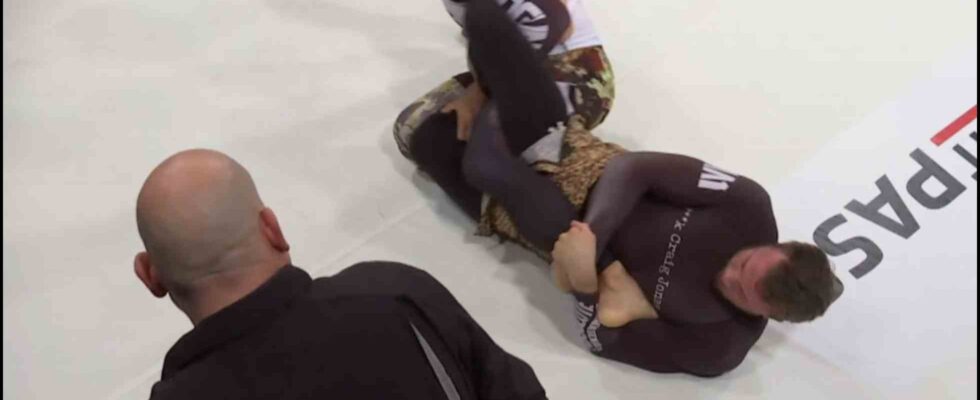In the world of Brazilian jiu-jitsu, there is an ongoing debate around whether or not heel hooks and other leg lock submissions should be taught to white belt students early on.
Some instructors steer clear of these techniques at the beginner level, believing they are too dangerous for new students. Others think early and gradual exposure in a controlled environment teaches awareness and responsiveness that prevents injuries down the road.
BJJ specialist and New Wave team member Giancarlo Bodoni thinks incorporating heel hook training and discussion is important early on.
In a recent video, he says: “It’s important I think to learn both upper and lower body submissions and get comfortable with them regardless of your skill level. Because the danger that comes from submissions is more so from lack of control as opposed to the submission itself.”
The coach argues students should learn submissions equally, not avoiding heel hooks specifically. The risk stems from improper technique and lack of control, not any particular move.
“It’s not inherently more dangerous to do a heel hook than it is to do a Kimura for example which is something that you learn very early in Jiu Jitsu. And so as long as they understand the technique and understand the submissions if applied quickly and without control, without emphasis on control are really what is the danger. it’s not the actual submission itself, it’s the people that are applying.”
Bodoni then gets to the heart of his argument – early heel hook training is about building awareness, proper reactions, and an environment where students feel comfortable. Fear and lack of understanding leads to major injuries.
He says, “It’s more so I think about creating the proper awareness and training environment. And then also, a lot of people that get injured and heel hooks tend to get injured because they don’t know the position. They freak out, and then they try to twist and turn and spin out in the wrong way just because they don’t have an awareness.”
While leg locks come with risks, Bodoni believes most injuries from heel hooks for white belts are relatively minor – some soreness but not lifelong damage. Big risks come from panic and improper responses.
“Most of the time, the injuries are not really severe. It’s usually like a little pop, your knee is sore for a couple days or a couple weeks. But it’s not like a catastrophic injury.”
“It can easily be avoided if you just understand and learn the positions. And you learn how to respond accordingly if you’re in the position and learn how to control it propely when you’re applying the position. So just like any other submission.”
This perspective shows how controlled heel hook training can benefit white belts by ingraining positional awareness and reactions. Bodoni makes some thought-provoking points that joining upper and lower body submissions together early on prevents panic and develops well-rounded grappling skills.

